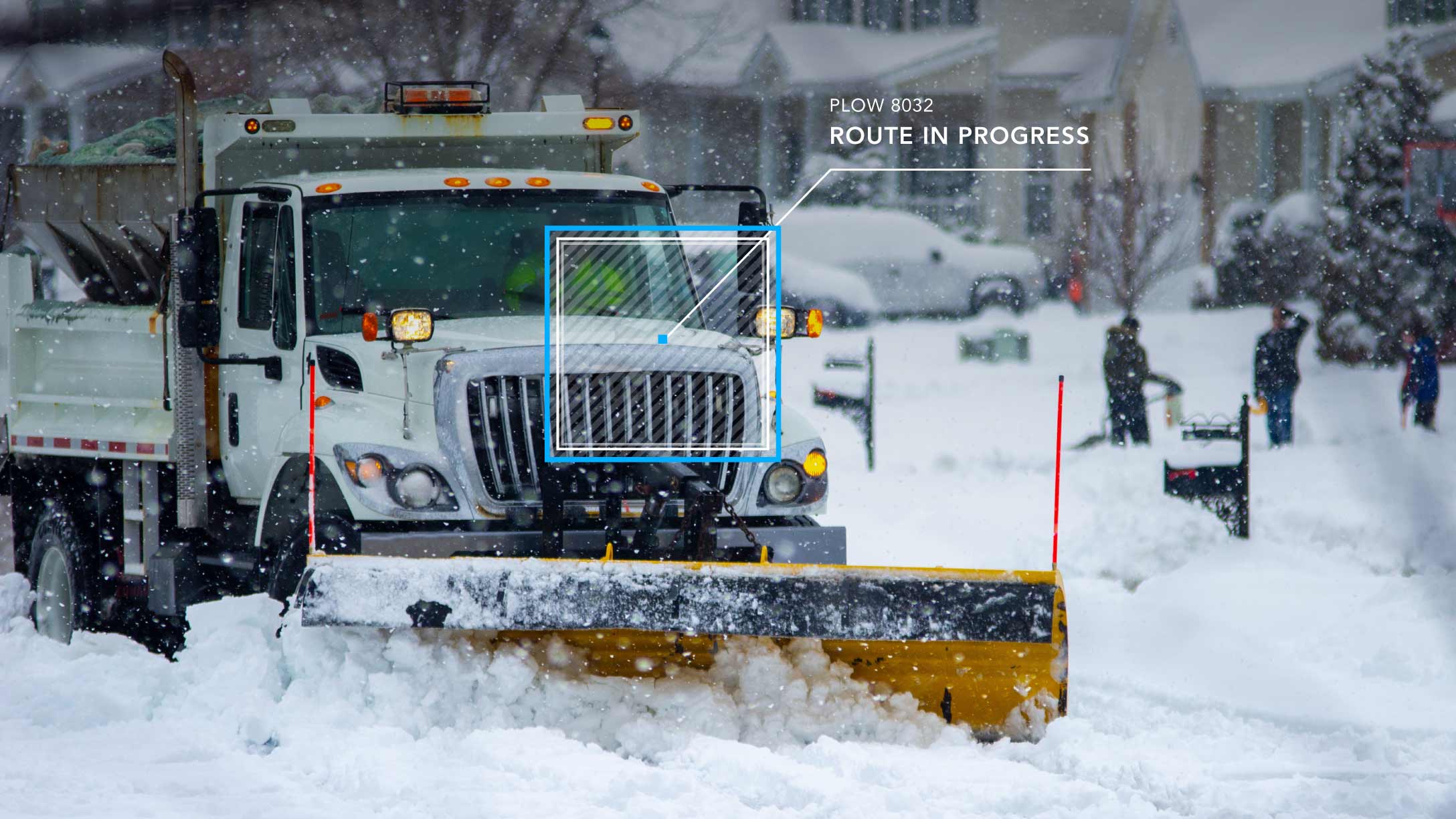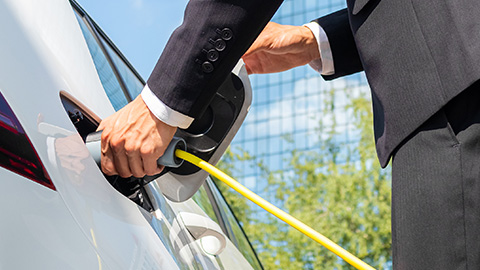Halt harsh braking to improve fleet safety
Reduce risk, liability and collisions by targeting harsh braking.

March 1, 2023
•1 minute read

Harsh braking, one of the different types of aggressive driving, can put your drivers or others on the road at risk. By monitoring and reducing harsh braking, you may lower the risk of rear-end collisions and the liability and costs associated with these types of incidents. Knowing your level of risk can help you provide significant improvements to driver behavior.
See also: What is g-force and how is it related to harsh driving?
What is harsh braking?
Harsh braking occurs when a driver uses more force than necessary to stop the vehicle. The presence of harsh braking often indicates aggressive or distracted driving and can lead to costly claims, as well as increased maintenance issues.
It is important to note that harsh braking does not always mean your driver is being unsafe or aggressive while operating. Often, these same types of harsh braking events occur to avoid collisions from happening. Reviewing such events with your drivers is a valuable exercise.
Benefits of monitoring harsh braking
Reducing harsh braking can increase the overall safety of your drivers and the general public. It can also provide continuous savings to your fleet operations.
The benefits of monitoring harsh braking include:
- Reduced rear end collisions
- Prevention of aggressive driving behaviors
- Improved safety of drivers and public
- Reduced maintenance costs
- Reduced brake issues
How to monitor and reduce harsh braking events
If you’re not already using a telematics solution, implementing telematics into your safety program will offer major improvements. You can expect significant improvements to the performance and behavior of your drivers, as well as a reduction in collisions and related costs within your fleet.
By installing a Geotab GO device in your fleet vehicles, you can receive reports and real-time alerts for aggressive driving and hard braking events. In addition, Geotab offers live in-cab coaching through buzzers in GO TALK with spoken feedback to drivers.
When you can’t be with your mobile workers in their vehicles, having a telematics system that allows you to be the virtual supervisor with real time alerts and corrections will have ongoing benefits to your fleet by reducing collisions, maintenance and ultimately your overall costs.
Introducing harsh brake detection on Base and Regulatory plans
Geotab has recently launched a new harsh brake detection feature in MyGeotab. By providing greater insight into fleet activity, this feature can help deter unsafe driving behaviors and improve road safety.
Other key fleet benefits include:
- Improvement in driving behaviors
- Lower maintenance costs
- Reduce vehicle wear and tear
- Increase overall road safety
The new harsh braking feature is now available for Base and Regulatory plan users. Additional features, like beeping, driver feedback and other accelerometer data alerts, require an upgrade to the Pro or ProPlus plans.
For more information on Geotab’s software plans and their included features, visit our Software Packages page.
Subscribe to get industry tips and insights

Sherry Calkins has been involved in the global Fleet, Mobility and Automotive industry for over 20 years, working both nationally and globally.
Table of Contents
Subscribe to get industry tips and insights
Related posts


CSA scores: What they are and how to check and improve them
December 3, 2024
5 minute read

Developing a next-gen government fleet safety program: Made possible with AI
November 26, 2024
2 minute read

Geotab's Public Works Fleet Health Dashboard: A comprehensive guide
November 25, 2024
3 minute read

35+ drowsy driving statistics and prevention facts for 2024
November 15, 2024
5 minute read

How to build an effective fleet driver safety program: Tips + templates
November 14, 2024
7 minute read





